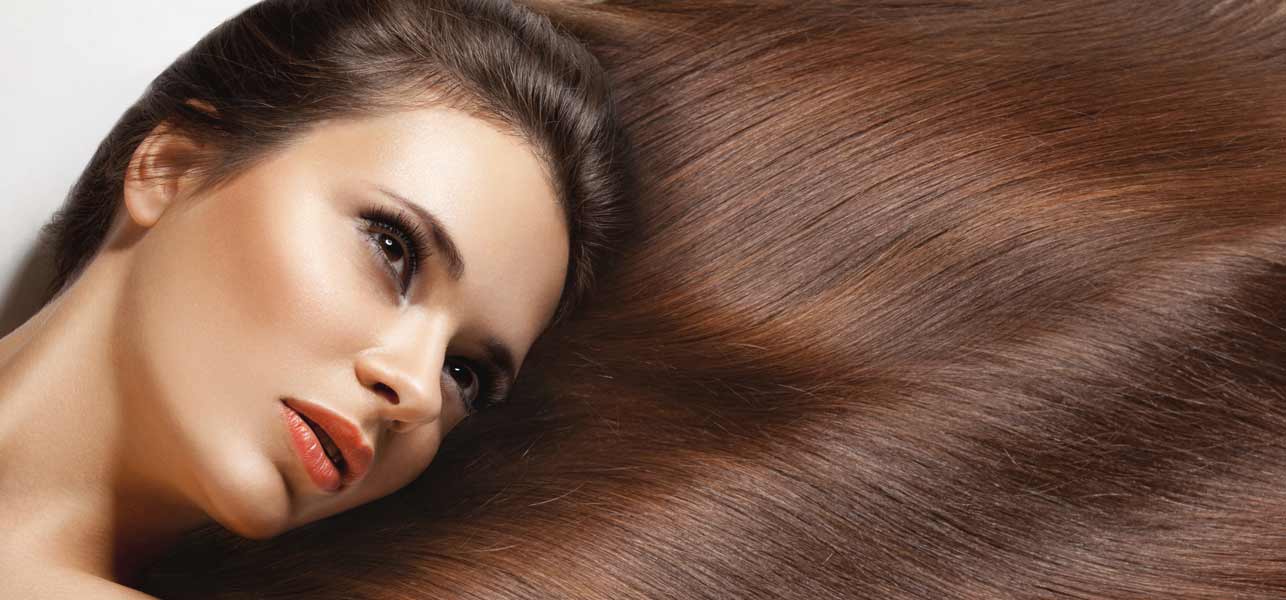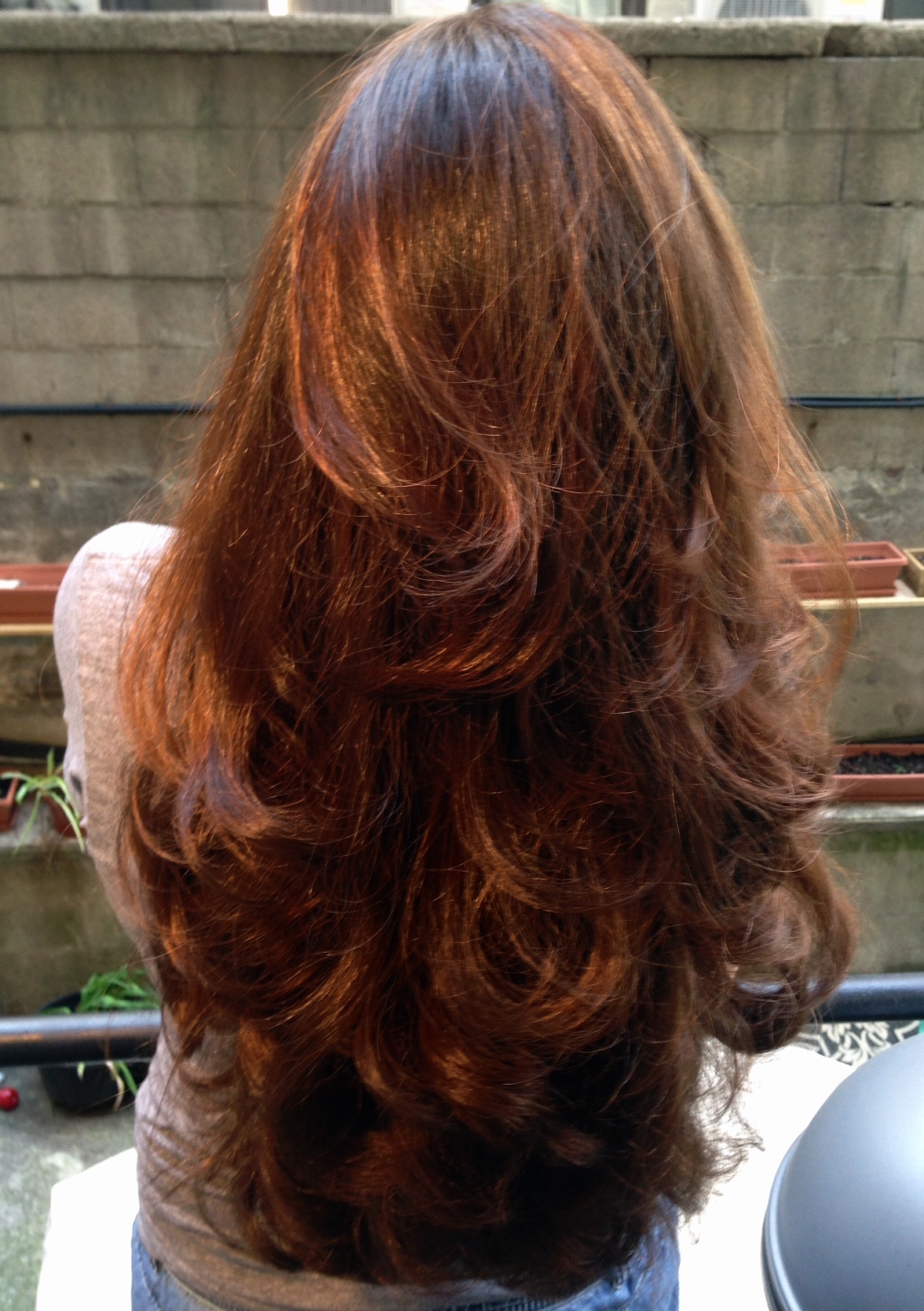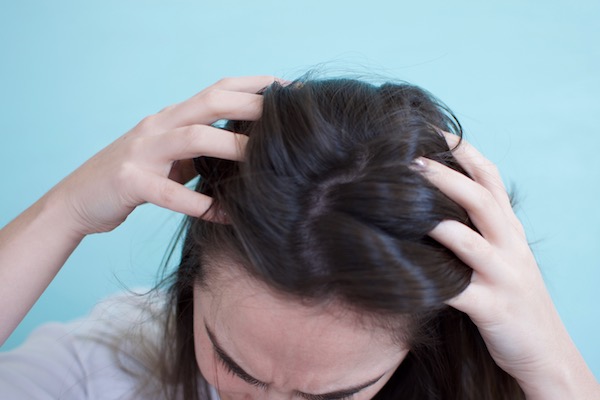Find out what’s wrong with your scalp…
Most people pay a lot of attention to their hair—after all, it’s the most visible part of our heads. We brush it, wash it, condition it, and do whatever we can to protect it. But that means the less visible scalp is often ignored. Many people fail to keep their scalps clean, much less provide it with the nourishment and protection it needs. The result: scalp problems.
You’d be amazed by how many different types of scalp problems there are! Sure, dandruff is the one we’re all familiar with, but here are a few more you might not be aware of:
- Seborrheic Dermatitis – This is like dandruff gone wild! It’s what happens when you allow your dandruff to go untreated. Basically, it’s a skin infection (dermatitis) that increases the production of skin oil. The scalp may turn red in addition to an excess of oil on your scalp, and you may find that your hair is extra greasy. People who suffer from acne, psoriasis, or oily skin are more at risk of this infection.
- Ringworm – This is a skin infection, but it can definitely spread to your scalp! Ringworm is a fungal skin infection that leaves red, scaly round patches on your skin. Not only can it affect your skin, but it will also cause patchy hair loss in the places where it gets infected. The infection is most common among young children (ages 3 to 7), but it can affect adults as well. It can be caught from a pet or from sharing a hair brush or hat with someone who has ringworm.
- Head lice – We’ve all heard our parents whisper this word in tones of dread, but until you’ve tried to deal with head lice, you have no idea how truly problematic they can be. The winged pests can spread from person to person incredibly quickly, and they lay their eggs near the root of the hair. If untreated, the lice may make their home in your hair and even your scalp, feeding on the dead skin cells and oils. The risk of contagion is VERY high!

READ MORE: 10 Foods for a Healthy Scalp
- Psoriasis – This is a skin condition that can affect any part of your body, including your scalp. Basically, the condition causes new skin cells to be produced far too quickly, leading to a buildup of thick, crusted scales on the skin. These scales can itch or be very sore, and it can be a condition that is both discomforting and disfiguring.
- Folliculitis – Just like you can get infections from ingrown hairs on your legs or chest, so too you can get follicle infections on your scalp. These infections (known as folliculitis) are mostly caused by staph bacteria that penetrate your hair follicles. They can come from a nearby infection, shaving, a hair brush, or even after swimming in a contaminated pool or hot tub. The infection will look like pus-filled pimples that just won’t pop properly.
- Lichen Planus – This is a curious disorder, one that can affect your mouth as well as your skin. It’s believed to be an autoimmune disorder, the result of medications used to treat arthritis, heart disease, and high blood pressure. The lichen planus manifests as reddish or purple bumps with a flat top. They tend to itch, and may be accompanied by swelling, redness, and sometimes even permanent hair loss.
These are some of the lesser-known scalp problems, but ones you need to be aware of if you notice anything strange going on with your hair or scalp.








